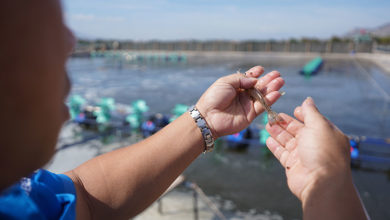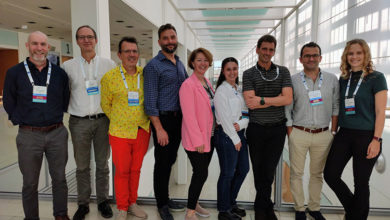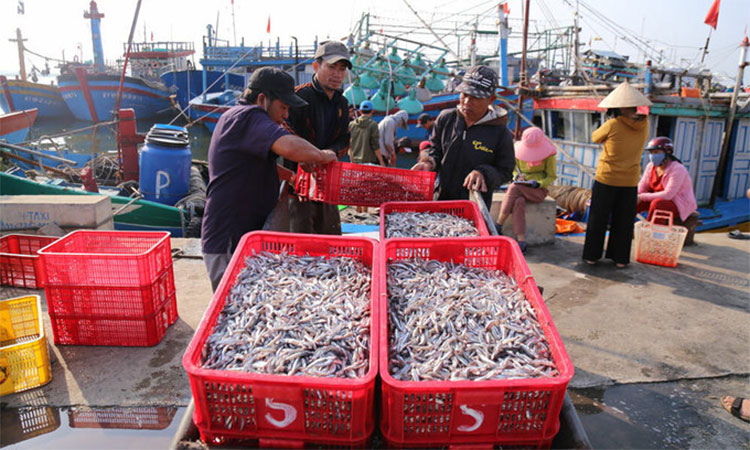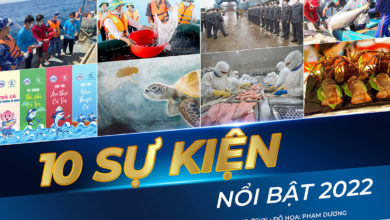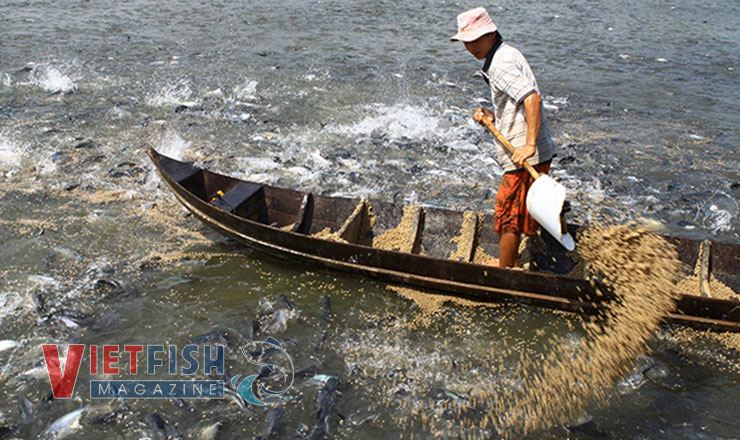Vietnamese pangasius and basa fish are making a brand in Australia
The program to construct a brand and foster the Vietnamese pangasius market in Australia is making Australian buyers focus and have a decent impression with the scrumptious Vietnamese pangasius brand.
Vietnam’s pangasius and basa fish are right now the items that rule the market in Australia and are well known with shoppers in this country. To fortify its position, grow the market limit, and increment the worth of Vietnamese pangasius, the Vietnamese Embassy in Australia and the Vietnam Trade Office in Australia have quite recently dispatched an exchange building program. mark and foster the Vietnamese pangasius and basa fish market in Australia.
For a long time now, pangasius and basa fish has been one of Vietnam’s renowned commodities to the world market. As per insights of the Vietnam Trade Office in Australia, in 2020, Vietnamese pangasius and basa fish will represent 97.5% of the nation’s portion of the overall industry with a complete product worth up to 17.76 million USD.
Vietnamese catfish and basa fish have overwhelmed the Australian market, to add to fortifying and keeping up with the market and advancing the brand, the Vietnamese Embassy in Australia and the Vietnam Trade Office in Australia have chosen to execute the program to fabricate a brand and foster the Vietnamese pangasius and basa fish market in Australia in 2021. The program was dispatched at Dai Phat general store, Sunshine region, Melbourne city, Victoria territory of Australia on December the twentieth.
Talking at the function, the Vietnamese Ambassador to Australia Nguyen Tat Thanh said that Vietnamese pangasius and basa fish are extremely popular in the US, Europe, Japan, and numerous different nations. In the initial opportunity approaching Melbourne, pangasius and basa fish are sold in numerous general stores. Not just that, in Canberra or Sydney, pangasius, basa, and numerous other Vietnamese items are sold.
“With just pangasius, basa fish, trade turnover to Australia has expanded pointedly as of late. This fish is famous with Australians and is utilized in many dishes, including fish and chips, which are exceptionally well known in this country. I trust the market for pangasius and basa fish will extend further in all states and regions of Australia,” Thanh said.
Mr. Luong Thanh Van, Chairman of the Board of Directors, General Director of Vietnam-Australia Group – an Australian ostracize with numerous long periods of interest in the fish area in Vietnam, said that Vietnamese fish, including pangasius, fish basa has extraordinary potential in the Australian market in light of its great quality and notoriety.
Mr. Luong Thanh Van additionally said that quality is a component that Australian purchasers are extremely inspired by, so when Vietnamese merchandise is great, Australian buyers will adore them.
In the setting that Australian states have started to open up in the wake of controlling the Covid-19 plague well, the year-end market season is coming and Australian purchasers are slowly diminishing the utilization of red meat and changing to white meat, including pangasius, basa fish.
The program to fabricate a brand and foster the Vietnamese pangasius market in Australia in 2021 will make Australian purchasers focus and establish a decent connection with the tasty Vietnamese brand of pangasius and basa fish for regular use.
Mr. Nguyen Phu Hoa, Head of the Trade Office, said that the marking of pangasius and basa fish is unequivocal to extend the market limit and simultaneously make the most of chances when Australia resumes to vacationers understudies and worldwide understudies.
Additionally in the city of Melbourne, the Vietnamese Embassy in Australia along with the Trade Office and the Vietnam Business Association in Australia likewise began the primary execution of the viable marking system of Vietnamese entire frozen enthusiasm natural product in Australia.
In the setting that Vietnam and Australia are haggling for Australia to permit the import of new energy natural products from Vietnam, fabricating the brand name of Vietnamese entire froze enthusiasm natural product is an initial phase, to make a solid impression. a decent picture of Vietnam’s enthusiasm for organic products, as a reason for great market infiltration when the arrangement cycle closes.
Source: VOV


